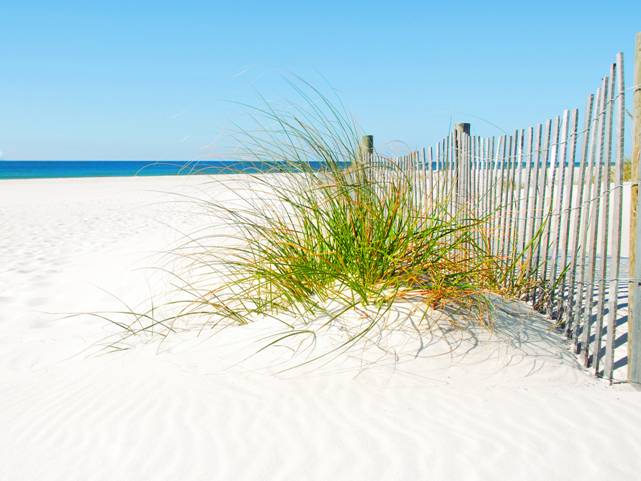
Salty Sam’s Fun Blog for Children
Number 562
The Mayan Empire
Hello Everyone

Do you recognise this picture?
lt is a Mayan calendar. l have shown you one before.
According to some people, the Mayan calendar prophesised (foretold) the world was going to end in 2012.
Actually, you might have noticed, that that did not happen.
Either the prophesy was wrong, or the interpretation of it.
The Maya were, however, very clever people who created a sophisticated culture and one of the greatest empires of the ancient world.
lt mysteriously collapsed about 1,000 years ago, leaving over 4,000 ruins, along with beautifully crafted objects for archaeologists to discover amongst the trees of a thick jungle that has now reclaimed the land.
The Mayan empire stretched across the Yucatan Peninsular.
Nowadays, this is covered by the states of Belize, Guatemala, Honduras and El Salvador – and part of the larger country of Mexico.
At the height of the empire, 20 million people lived in 4,000 cities governed by different kings and queens. The cities had an administrative centre with residential districts surrounding them.
The cities were connected by a network of roads.
The Mayan Empire was inhabited by a collection of peoples we now name the Maya. This empire thrived for nearly 2,000 years.
The people had a sense of their own history, and their society was so established and secure, that they had a word to mean a 400-year time period.
But the empire came to an end.
Within 100 years the cities were abandoned.
We can’t be sure this was because of political changes, war, famine, disease, volcanic eruptions or climate change. lt could have been the arrival of Spanish invaders who mistreated the people in this area; but it seems that the empire was on the decline before they arrived. lt was most likely to have been a combination of some of these factors.
Tourists today, love to holiday in the Yucatan, and many of them visit the most famous ancient Mayan city of Chichen ltza. lt is situated in Mexico.
Chichen ltza stretches across 1,000 acres of land. There are many buildings. There are temples, a very large ball court and an observatory with a domed roof that was a place the Maya used for observing and tracking the stars.
The Mayas were very keen on astronomy, and developed accurate calendars which helped them plan sowing and harvesting of crops.
They had their own languages, art, writing system and maths system. They used a base number of 20 – we use a base number of 10. They created many stone sculptures and painted murals (wall art). Children of noble families were educated in maths, science and astronomy.
The Maya played a ball court game called pitz. Every town had at last one court and often several. lt was a little like a cross between football and basket ball. They used their bodies to move a ball around and try and get it through stone hoops. A lot was at stake. The losing team would be executed as a sacrifice to their gods – and sometimes even the winning team too!
The Maya thought that death was the next step of progress of the human soul, and when people died, they moved up to a higher level of existence. That level of existence would be higher if they died as a warrior in battle or as a sacrifice.
This all seems very brutal to us now, but to a very spiritually-focussed mindset, it was more honourable than savage, in their minds.
The ball game was a ritual to honour their gods. They thought that if they gave sacrifices to their gods (or deities) they would get good things in return.
They had many deities: a sun god, a rain god and a maize god, to mention just three of well over a hundred named ones. They made regular animal sacrifices to them, and sometimes human sacrifices too, using stone blades.
Their temples were built with a sacrificial alter at the top of them.
The Maya were mostly farmers and hunters. Their staple (main) crop was maize, but they grew many other vegetables too. Most people grew their own crops in small fields.
The land that the Mayan Empire was built across was largely not traversed (crossed) by rivers. They got their water from large, underground water pools called cenotes (pronounced se-note-ays). They were in underground caves linked by over 10,000 miles of naturally occurring tunnels.
These cenotes were filled with rain water that filtered down through the porous limestone ground and when the water levels fell due to low levels of rainfall, they would make human sacrifices to the rain god, who was called Chaac, as a call for more rain to fall.
These water-filled underground caverns were thought of as a dark, spiritual underworld by the Maya, and were to be treated with caution. A lot of their deities lived in the cenotes. Cenotes had cool, beautiful and mysterious atmospheres away from the hot sun above ground.
There were over 6,000 cenotes.
But although the cenotes could hold terrifying spirits, the water was a necessary resource, and the Mayan cities were built in alignment with these cenotes. Life was sometimes precarious. Some Maya were hit by the fall out of volcanic eruptions.
The Maya built many stone pyramids. They were built by hand, and it took them decades to build some of them. They are very tall. The Maya had no wheels or pulleys or draught animals (animals to carry or pull things). They had no metal tools for stonework.
Some pyramids were quite a rough shape, but the most famous at Chichen ltza is magnificent. The pyramid is called El Castillo, which is Spanish for the castle. lt is like a calendar. lt has 365 steps; one for every day of the year. There are 91 steps on each of the four sides (91 x 4 = 364) and then there is a platform at the top.
At the spring and autumn equinoxes, the sun casts shadows that create an illusion that there are great stone snakes slithering down each side of a staircase. You can see their heads in the Picture Gallery. This feathered serpent god is called Kukulcan.
Situated to the north of the pyramid, is the Sacred Cenote where many people, mainly children, were sacrificed and there are three other cenotes situated to the east, west and south too – called Kanjuyum, Holtun and Xtoloc.
The pyramid is also aligned with important dates of the year, like where the Sun would set on midsummer’s day – like many other Mayan buildings.
The Maya flourished for 2,000 years in the tropical jungles. They were good at writing, maths, engineering and astronomy. They had strong trade routes between their cities. They traded with many goods like jade and shells. Their axes made from obsidian, which is a kind of volcanic glass, and were sharper than today’s steel.
They ate wild foods and practised agriculture to produce their own food by planting orchards and plantations, but, eventually, they became very dependent on their crops of corn as their staple (main) diet.
Every city had a ruler and some kings were stronger than others. These rulers were considered divine. Mayan society was complex and very interdependent. lf one part failed, it had an effect on other parts.
Between 750 – 800 AD their cities began to fade.
Archaeologists have discovered that about 1,000 years ago the Maya were suffering a great drought. This is at the same time as the empire started to collapse.
They had cut down most of the trees in the area for building materials to make their thatched houses, and also for firewood. They cleared away the forests to make land available for growing corn.
This mass deforestation probably helped to cause a drop in rainfall of up to maybe 30%. The drought that followed was a disaster for the people. The underground water chambers ran dry.
The climate wavered between heavy downpours of water and drought. The crops failed.
They depended on their leaders whom they looked upon as gods to produce rain for their needs; and it didn’t happen. The people lost faith in them. More sacrifices were needed and many children were sacrificed.
ln 900 AD, a story was written that there was a war between two city rulers (probably cousins) of the kingdoms of Naranjo and Yax-ha.
Many cities which had been built in the height of the empire were already gone by this time.
Kings lost their power and the cities were abandoned to the forest to take them over.
The Mayan people and their ancient culture still survive in Mexico today. There are still about 7 million Maya living in modern cities and tradition villages in the area.
But the empire was gone forever.
Did the people cause their own demise?
Will we learn lessons from the Maya?
l tell you this just as the bare root tree planting season begins. 😉
Bye bye everyone – don’t forget to subscribe to my blog!
Love and kisses
Salty Sam

www.christina-sinclair.com


Bill and Bob’s Joke of the Week![]()
![]()
Bob: Do you know what you call a pig who has run through a hedge and got thorns stuck in its back?
Bill: No?
Bob: A pork-upine!

Salty Sam © Christina Sinclair 2015
Unauthorized use and/or duplication of material from this blog without express and written permission from this blog’s author and owner is strictly prohibited.
Links may be used to www.christina-sinclair.com

Picture Gallery


Yucatan peninsular

Mexico today
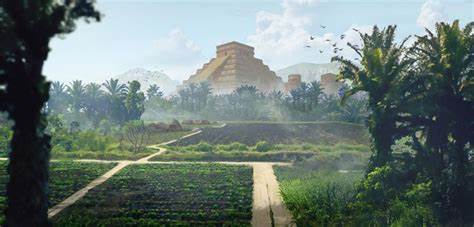
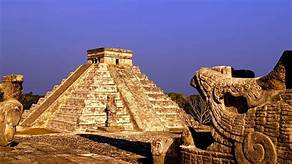

Mayan ruins in the jungle

Serpent heads
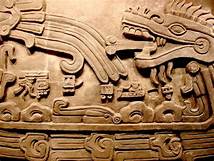
Mayan art
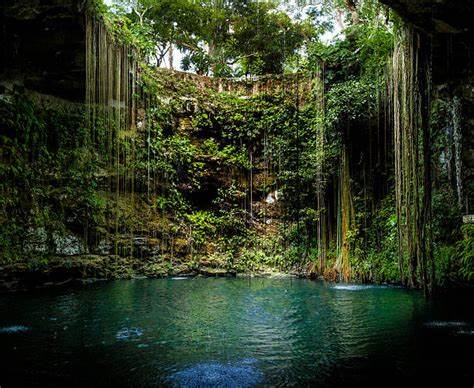
A cenote

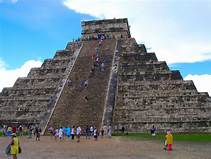

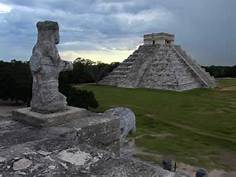




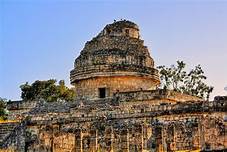
Pyramid and observatory at Chichen Itza


 THE SALTY SAM NEWS DESK
THE SALTY SAM NEWS DESK

At this time of year, Auntie Alice does not have so much work to do in the garden. Well, she has to feed her chickens and doves and give them water, but there is not much gardening to do.
She makes sure that there is water for the hedgehogs and wild birds as well.
If the water ices over in the winter, she makes sure the top of the ice is broken.
If the water is totally frozen solid, she has to put another deep dish out with some fresh water. A tray that you put under a big flower pots is ideal to use. When it is really cold, you won’t see hedgehogs, squirrels or bees around much, but there are always birds about, and they always need drinking water.
There are always kitchen scraps to be put on the compost heaps, as well and plants to be watered and tended to in her greenhouses.
But apart from these few jobs, she found some free time to eventually join the vicar’s book club. She had been itching to do that since the beginning of the year.
The shoe boxes for children project that she helps to organized had been completed for the year. The shoeboxes crammed with presents were stacked on a lorry and heading off for foreign lands.

The stock she had made for Bill and Bob’s mum’s shop had been put on the shelves for sale, and finally she had a bit of time to relax.
The children saw the book she was reading on the arm of her chair one day, and asked her why she was reading it.
She told them that she had joined a book club.
Everyone in the group read the same book and then discussed it. They met in the vicar’s living room. They drank tea and coffee and had a sociable evening.
The children asked why there wasn’t a book club for children, and she said that she didn’t know.
But they could always start one themselves.
So they did.
Bill, Bob, Emily and Henry started their own book club.
They held it in Auntie Alice’s sitting room.
They thought it was much better that the grown up’s book club.
It had added sticky toffee pudding!
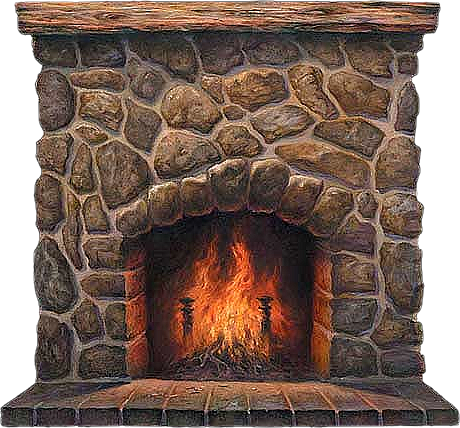

*********************
*********************

 Quick Quiz
Quick Quiz
- Which months have 30 days?
- How many days are there in a lunar month?
- How often is there a leap year?
- How many calendar months are there in a year?
- How many lunar months are there in a year?
- What is the maximum number of Mondays you can have in a month?
- Which is the shortest month of the year?
- lf the 1st of December is on a Sunday, what day of the week will Christmas Day be on?

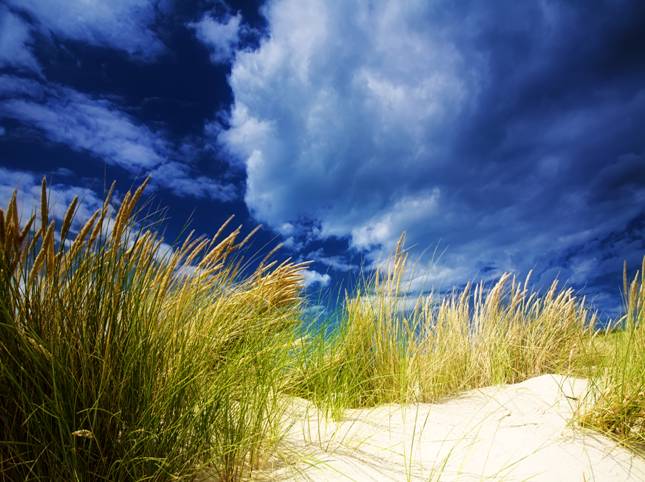


lt’s the Weekend!

HOW TO MAKE A CHRlSTMAS NOUGHTS AND CROSSES GAME
You will need to collect some corks to start with.
The ones with round tops are the best.
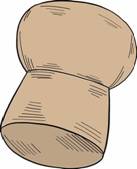
Some you will need to paint white. You will turn these into snowmen.
Paint on faces and give them scarves of thin ribbon – you can glue them in place. You don’t need to make them hats, you can keep things simple.

Then you will need some reindeer.
You can keep the corks brown for these. But you might like to give them little felt antlers – glue them to the back of the cork heads.

You will need to make a simple board out of card to play your game on.
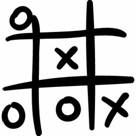

Please note that the material on this blog is for personal use and for use in classrooms only.
It is a copyright infringement and, therefore, illegal under international law to sell items made with these patterns.
Use of the toys and projects is at your own risk.
©Christina Sinclair Designs 2015


Quick Quiz Answers
- Which months have 30 days? – April June September November
- How many days are there in a lunar month? – 28
- How often is there a leap year? – Every fourth year
- How many calendar months are there in a year? – 12
- How many lunar months are there in a year? – 13
- What is the maximum number of Mondays you can have in a month? – 5
- Which is the shortest month of the year? – February
- lf the 1st of December is on a Sunday, what day of the week will Christmas Day be on? – Wednesday



